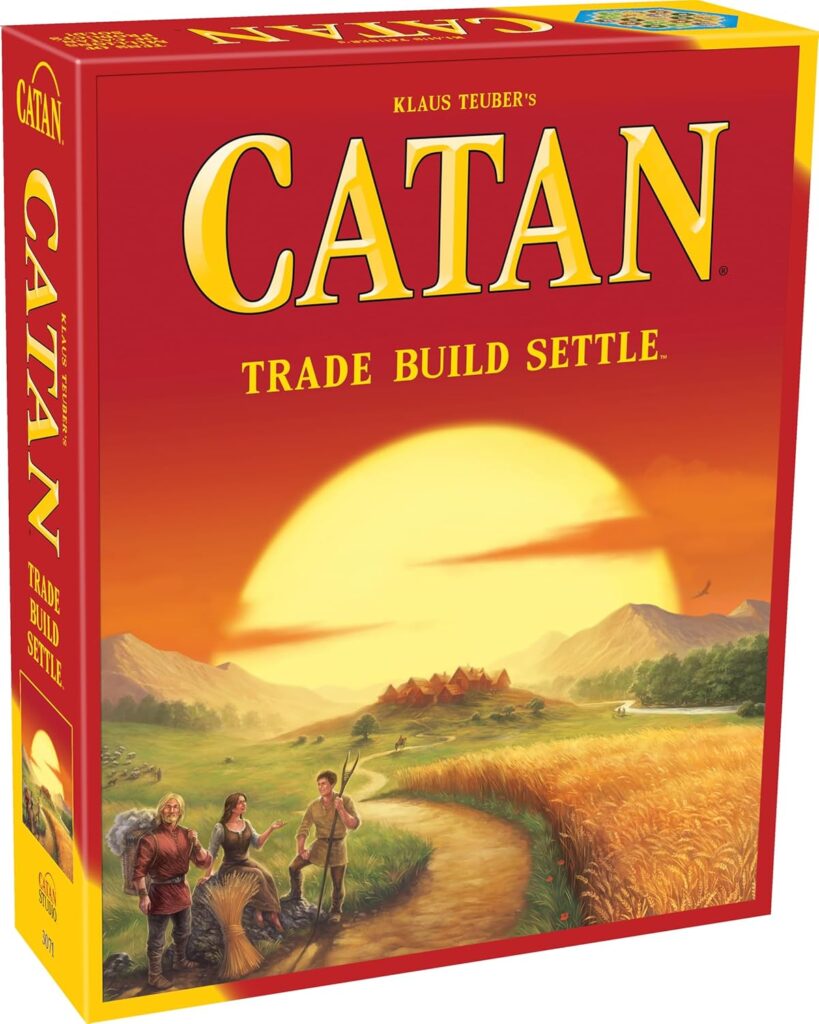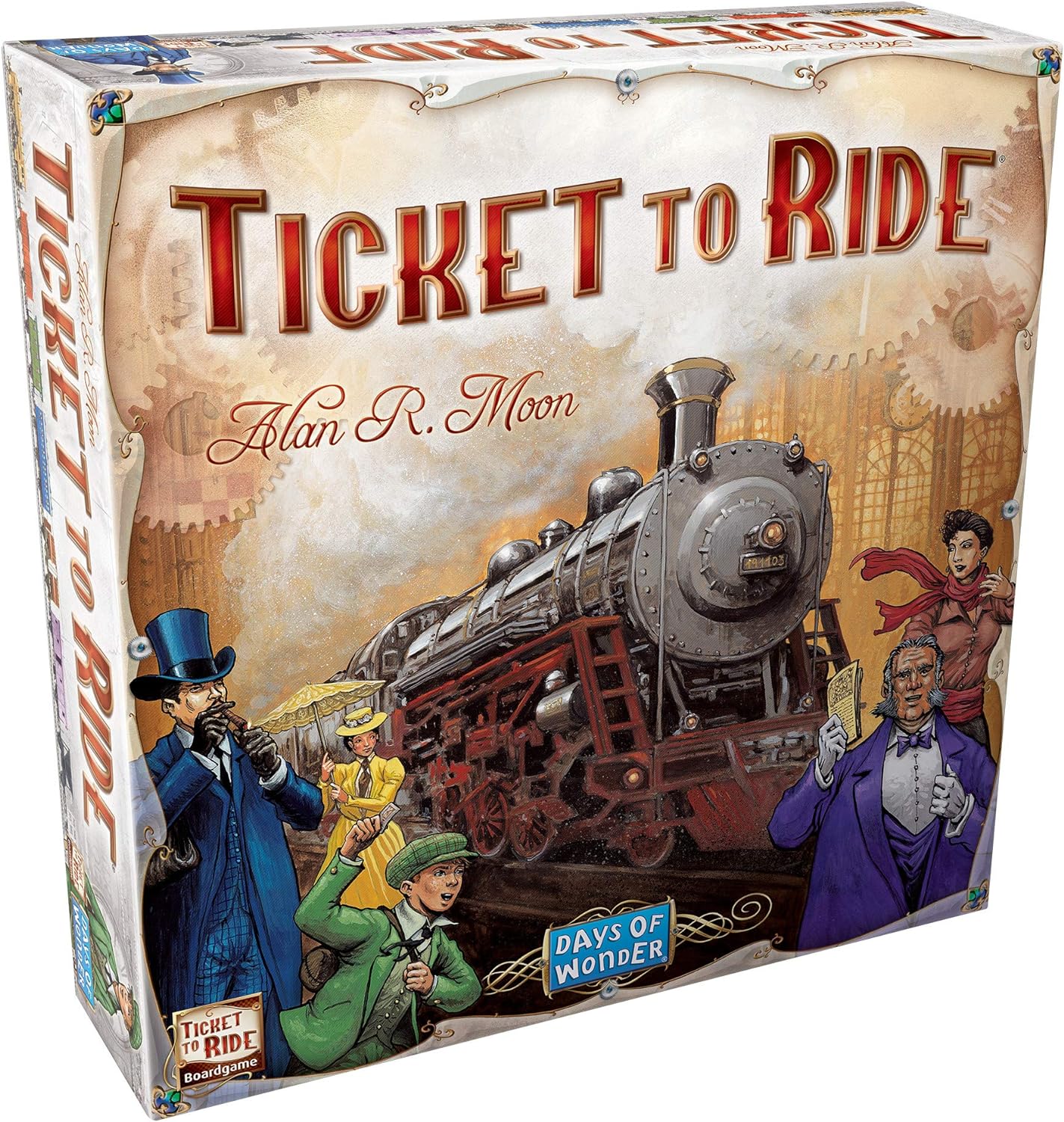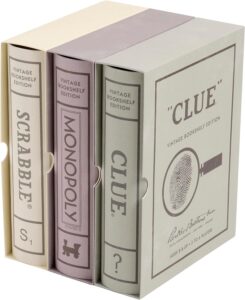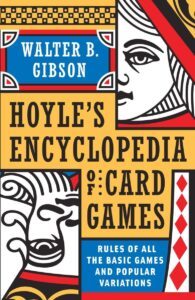Catan, originally titled The Settlers of Catan, was designed by Klaus Teuber and first published in 1995 in Germany. It is one of the most iconic modern board games, often credited with revolutionizing the tabletop gaming world by introducing Eurogames to a global audience. Catan’s success has led to numerous expansions, digital versions, and adaptations, establishing it as a staple in both casual and competitive gaming circles. Its core mechanics of trading, resource management, and strategic placement have made it an accessible yet deeply engaging game.
Game Overview
- Publisher: Catan Studio (Asmodee)
- Designer: Klaus Teuber
- Release Year: 1995
- Number of Players: 3-4 (expandable to 6 with expansions)
- Playtime: 60-120 minutes
- Ages: 10+
- Mechanics: Tile Placement, Trading, Dice Rolling, Resource Management, Modular Board
- Complexity: Medium (easy to learn, but requires deep strategic planning)
How to Play
Objective
The goal in Catan is to be the first player to reach 10 Victory Points by building settlements, cities, and roads, and by earning bonus points through special achievements like the Longest Road or Largest Army. Victory Points are earned through expansion and development.
Setup
- Board Setup: The modular hexagonal board is arranged with 19 hexes representing different terrains (fields, forests, hills, mountains, pastures, and deserts). Each hex produces a specific resource: grain, lumber, brick, ore, and wool. The desert does not produce resources.
- Number Tokens: Number tokens, ranging from 2 to 12, are placed on each hex (except the desert). These numbers dictate resource production based on dice rolls.
- Players: Each player starts with two settlements and two roads placed on the intersections of hexes.
- Resources: Players collect resources based on the hexes adjacent to their settlements when the corresponding number is rolled.
Gameplay
- Roll Dice: At the start of each turn, a player rolls two dice to determine which hexes produce resources. All players who have settlements or cities on the rolled number’s adjacent hexes collect resources.
- Trade: After rolling, players can trade resources with other players or the bank (using a 4:1 trade ratio unless they control a port).
- Build/Buy: Players use resources to build roads, settlements, or cities, or buy development cards. These cards can provide bonuses like extra resources, the ability to move the robber (blocks resource production on a tile), or Victory Points.
- End Turn: Players pass the dice to the next player.
The game continues until a player reaches 10 Victory Points.
Details
- Components:
- Hexagonal Tiles: Represent different terrain types that produce specific resources.
- Resource Cards: Five types (grain, lumber, brick, ore, and wool) used to build and trade.
- Number Tokens: Numbers from 2-12 placed on hexes to indicate production based on dice rolls.
- Robber: A figure that moves when a 7 is rolled, blocking resource production on one hex.
- Development Cards: Provide in-game bonuses, such as knights to move the robber or Victory Points.
- Roads, Settlements, and Cities: Players place these to expand their control of the board.
Variations of the Game
- Catan: 5-6 Player Expansion: Expands the game for up to six players.
- Catan: Seafarers: Introduces exploration and ships for sea-based expansions.
- Catan: Cities & Knights: Adds city development and knights for a deeper strategic layer.
- Catan: Traders & Barbarians: Adds several mini-expansions, including barbarian invasions and trade routes.
Strategy Tips
- Resource Management: Balance your resources effectively—don’t focus too heavily on one type. Diversifying your settlements ensures a steady flow of all resources.
- Trading: Trade wisely and strategically with opponents. Keep track of what resources others need and offer trades that benefit you more than them.
- Positioning: Settlement placement is crucial. Prioritize locations near high-frequency numbers (like 6 and 8) and diversify your resource production.
- Development Cards: Don’t overlook development cards; they can provide hidden Victory Points and knights to defend against the robber.
Pros & Cons
Pros:
- Engaging and accessible for new and seasoned players alike.
- High replayability due to the modular board setup.
- Encourages social interaction through trading.
- Multiple strategies to win—no two games are the same.
Cons:
- Luck factor from dice rolls can frustrate players.
- Player interaction can lead to alliances that leave one player behind.
- The robber mechanic can slow down individual players.
Who Will Enjoy This Game
Catan is ideal for players who enjoy strategic planning, resource management, and social interaction through trading. Fans of games that blend luck with strategy, such as Risk or Ticket to Ride, will likely find Catan appealing. It’s perfect for families, casual gamers, and competitive players who enjoy deep, replayable games.
Recommended Age Groups
- Kids (10+): Can understand the basic mechanics and enjoy the trading aspect.
- Teens and Adults: Will appreciate the deeper strategic elements and negotiation tactics.
- Families: Great for family game nights due to its balance of luck and strategy.
Similar Games
- Carcassonne: A tile-placement game with a similar emphasis on strategy and spatial control.
- Ticket to Ride: A family-friendly game that focuses on route building, with a similar resource management feel.
- 7 Wonders: A civilization-building game that also involves resource management, but with more card-based mechanics.
User Reviews
Players praise Catan for its blend of strategy and luck, making it an engaging and dynamic game that holds appeal across age groups. Many enjoy the game’s balance of competition and cooperation, particularly through trading. Some users note that the game can become frustrating when the dice rolls don’t go their way, but the overall enjoyment of building and expanding settlements keeps players coming back.
FAQs
- Q: How long does a typical game of Catan last?
A: Most games last around 60 to 90 minutes, but this can vary based on the number of players and their familiarity with the game. - Q: Can you play Catan with two players?
A: While the standard game is designed for 3-4 players, house rules and fan-made variants exist to adapt it for two players. - Q: What happens if you roll a 7?
A: A roll of 7 activates the robber, allowing the active player to move it to any hex and steal a resource from a player with a settlement or city on that hex. - Q: Is there a digital version of Catan?
A: Yes, Catan is available on multiple digital platforms, including mobile apps and online gaming websites.
Final Verdict
Catan remains one of the most popular and enduring modern board games for a reason—it offers a compelling mix of strategy, luck, and social interaction that appeals to a broad audience. Whether you’re a newcomer to the world of tabletop gaming or a seasoned veteran, Catan’s modular board and dynamic gameplay provide endless hours of fun. The strategic depth, combined with the luck factor of dice rolls and trading, creates a game that’s both accessible and engaging. It’s perfect for families, game nights, or competitive play and deserves its place as a classic.






Post Comment